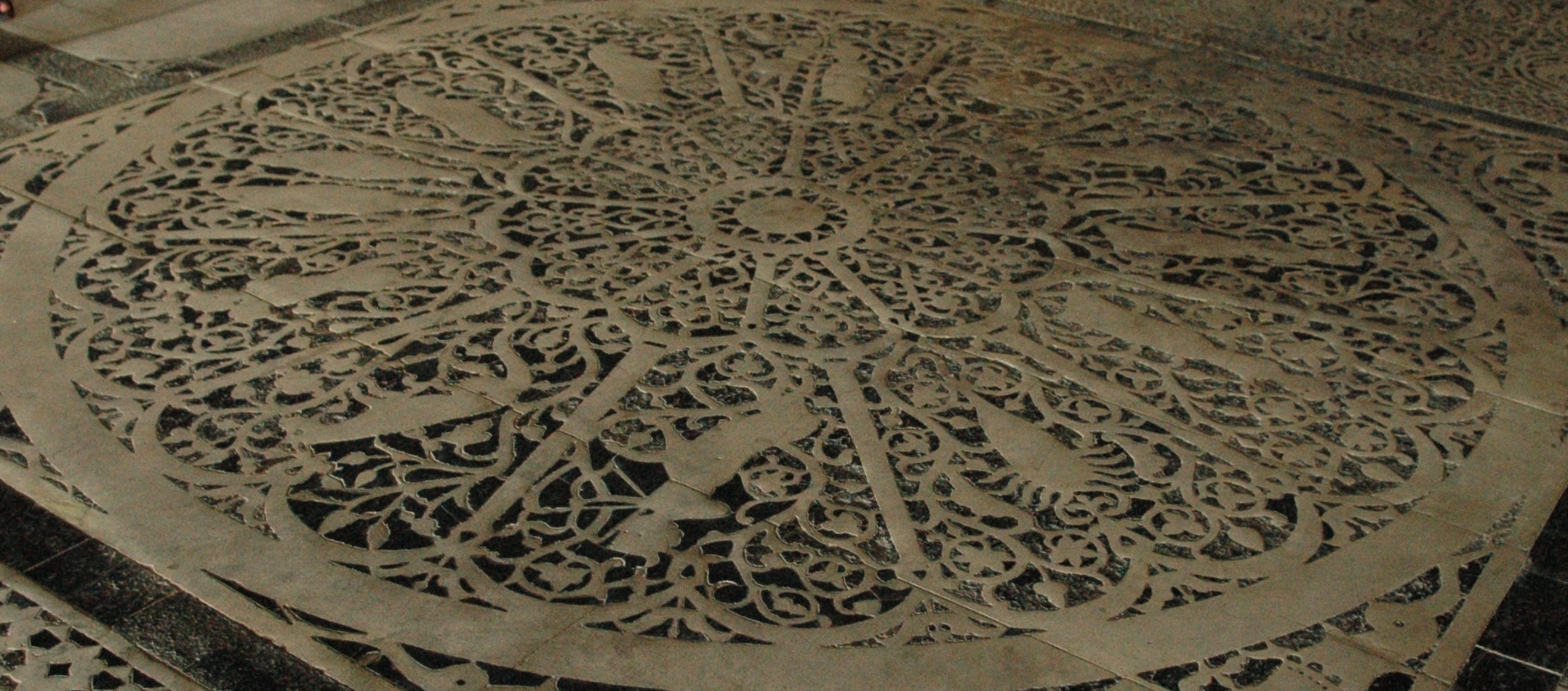
Floor detail from the 13th century floor in San Miniato Basilica, Florence, Italy, showing the 12 signs of the zodiac. Sagittarius the archer is at front and center, with Capricorn the fish-tailed goat to its left and Scorpio to its right. Image by Cata Sensei.
March, 2025
by Catherine Pawasarat Sensei
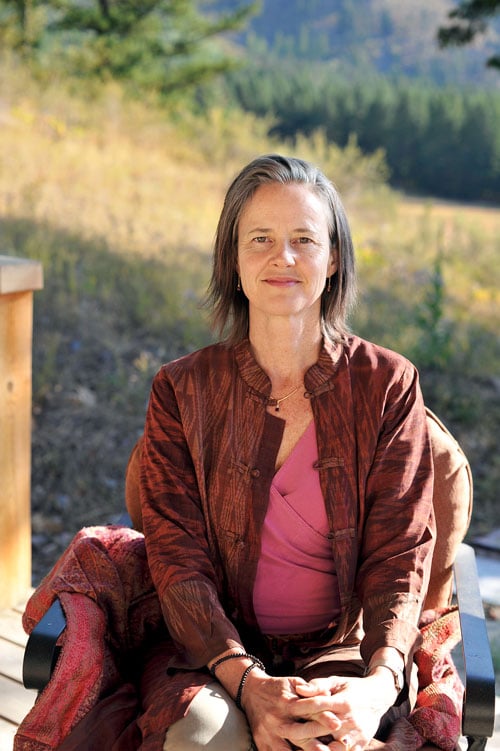
I’ve been reflecting on Mastery recently, since our guru Qapel passed away in October 2024: I consider him a great Spiritual Master. What does that mean, exactly? Moreover, I also committed to continuing his legacy. So how does one become a Master?
– Catherine Pawasarat Sensei
Master Pieces
This may have been clearer a hundred years ago, when the apprentice-journeyman-master system was more common.
While driving through Anthering, Germany, Qapel and I stayed at a beautiful “bio-hotel” that had once been a forge. The elder owner had insightfully transformed the forge workshop into a workshop space and kept the main elements of the forge as a museum. It was fascinating to learn about the role of this important craft. Her tour and explanation culminated when she showed us the complex work the smith had created to become certified as a master. “This was his Master Piece,” she explained.
I didn’t realize masterpieces had a formal role! But, of course they did, for most of human history.
What, then, is your Master Piece? How are you demonstrating the mastery of your life’s work? Saturn’s location in our natal astrological charts reveals where mastery awaits us, and gives us clues about the journey there.
Capricorn, the goat, rules Saturn, and like goats, Saturn and Capricorn can ascend to heights that no one else would even consider trying to climb. (And, by the way, Capricorn was Qapel’s rising sign.) Saturn and Capricorn help us better understand this critical part of our spiritual journey and our purpose for being on the planet at this particular time. What are you here to Master?
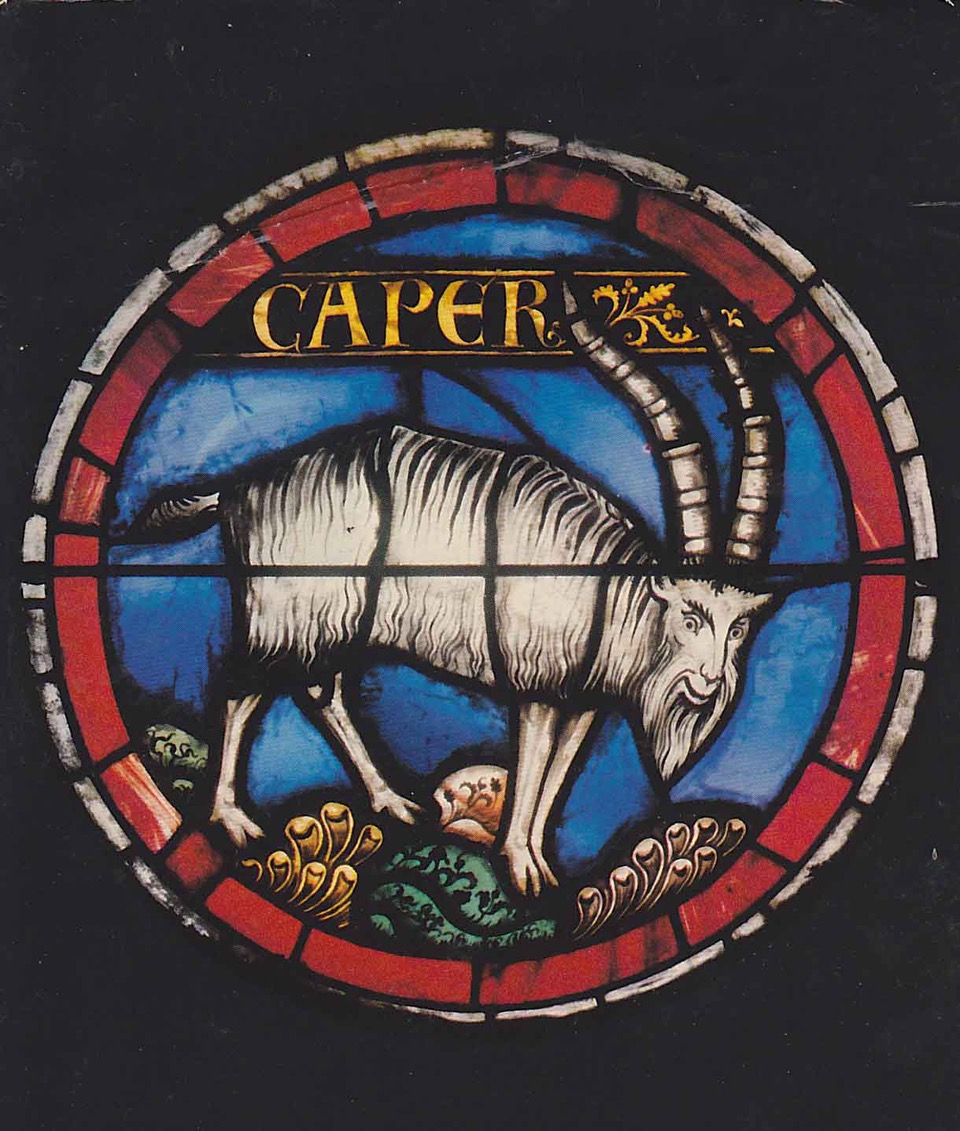
Stained glass from a centuries-old church in Europe – from postcard
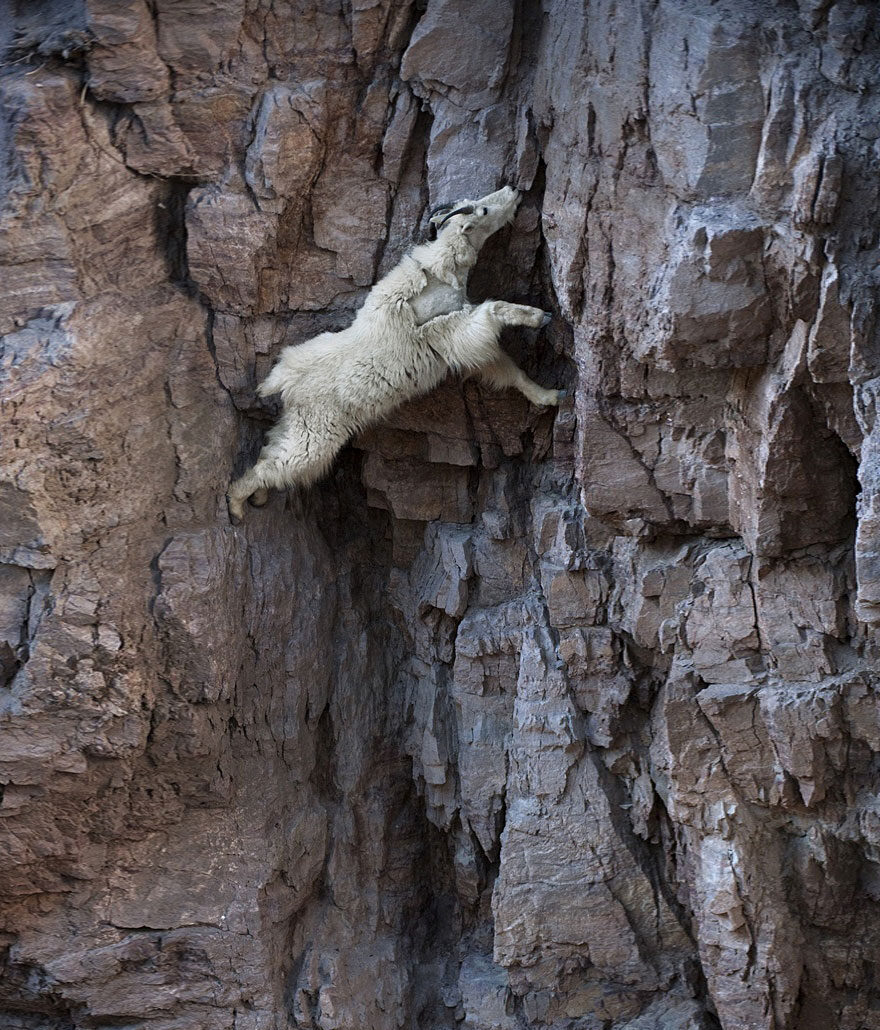
Crazy goats on cliffs by Joel Sartore
Why AstroDharma?
Under the dominance of US culture, we have become conditioned to celebrate, even reify, the individual. Then we start practicing Buddhism, which tells us there’s no self! Most of the translation between these paradigms is left to us to sort out.
But how can I let go of unwholesome patterns if there’s no me? How do I share dharma to benefit all beings in an attention economy if there’s no “I,” no “you,” and everything is about equanimity?
AstroDharma helps us to bridge these gaps. Moreover, astrology is integral to the Western Mysteries: astrological symbology adorns historic Catholic churches. That means AstroDharma fits our tradition’s mix of Western Mysteries and Buddhism (Namgyal Rinpoche first awakened in the former) and helps us bridge the two.
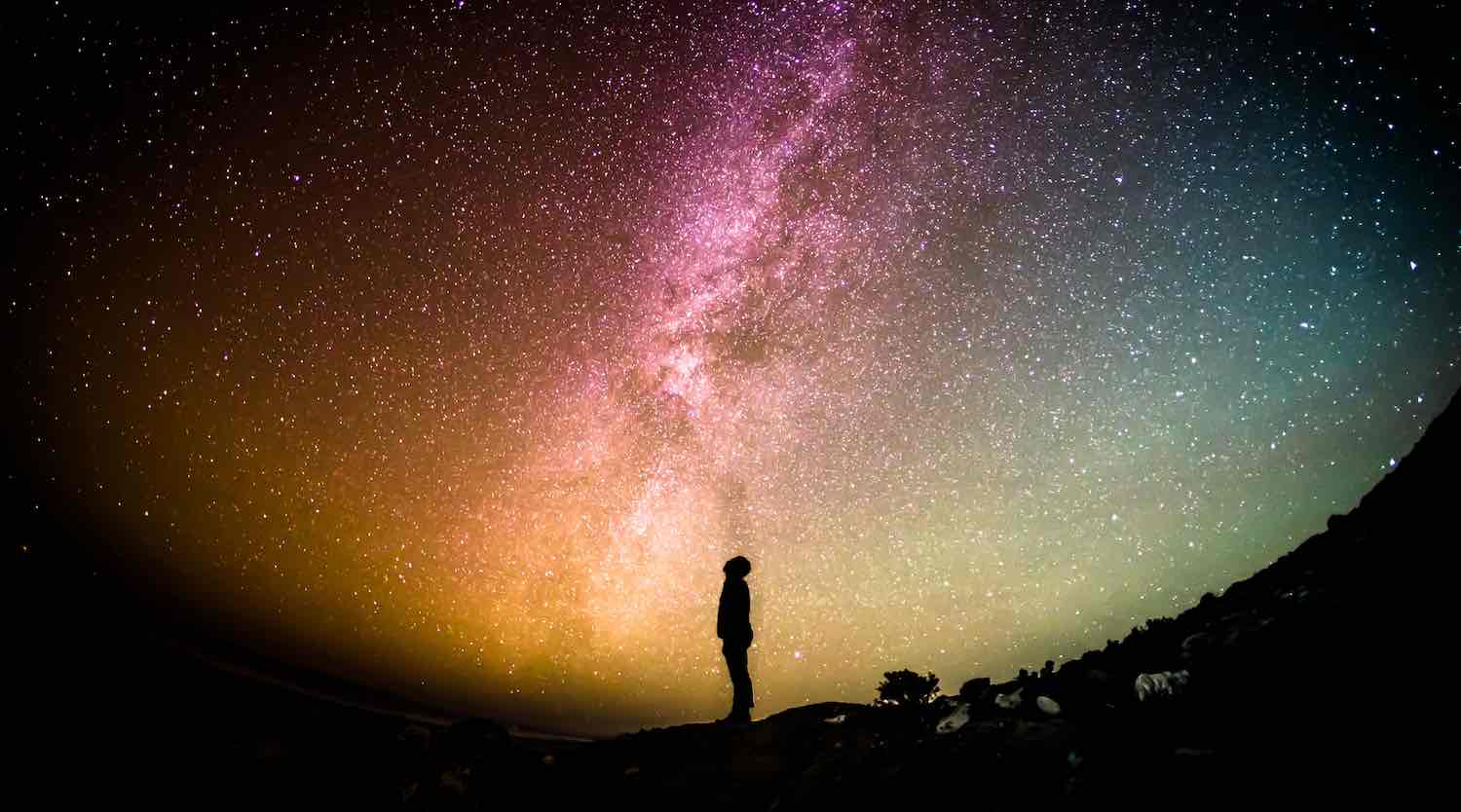
“AstroDharma fits our tradition’s mix of Western Mysteries and Buddhism (Namgyal Rinpoche first awakened in the former) and helps us bridge the two.”
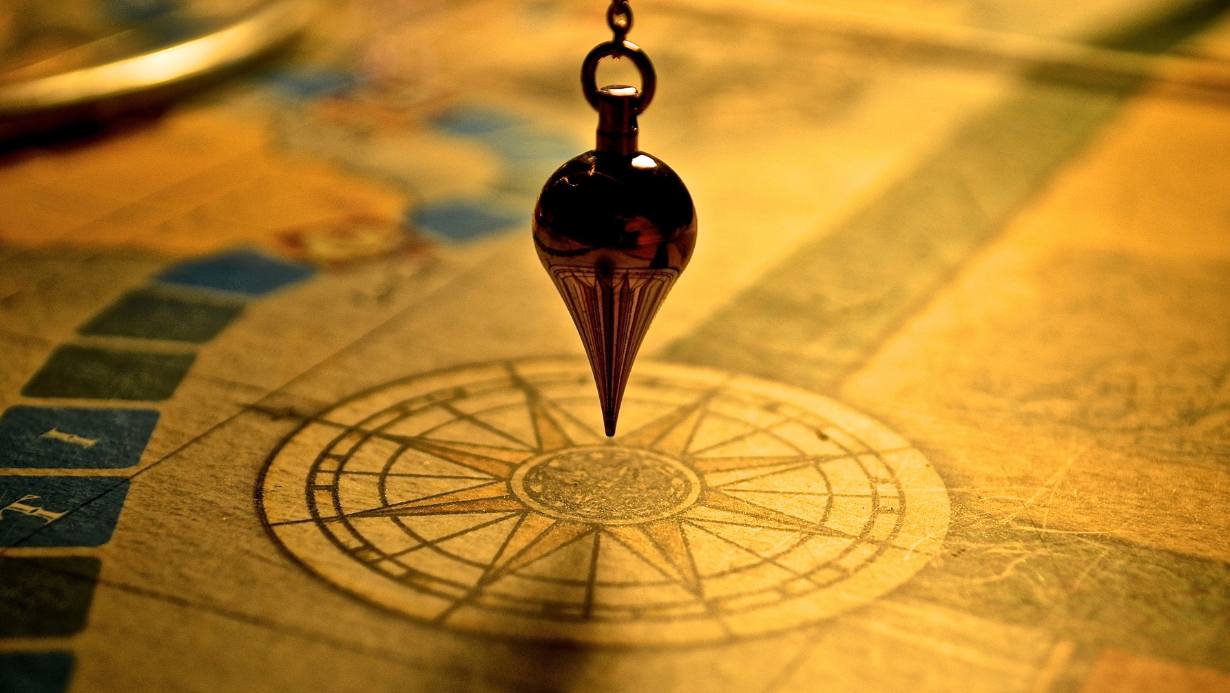
Transcending our charts
I studied transpersonal astrology in the early 1990s in Kyoto, and my teacher was a student of Osho. This kind of astrology draws on Western archetypes and the work of Carl Jung to help us work with our personal patterns as demonstrated by our natal charts. An astrological chart shows the mandala the solar system was in at the time and place of one’s birth: our unique cosmic matrix. We use the chart to understand the self so that we may transcend it.
Each astrological constellation is an archetypal pattern with many possible manifestations. Due to conditioning, we get stuck in a narrow range. AstroDharma helps us identify the energies involved and add space to the configuration. It’s not that you’re an uncommunicative, secretive person, for example; it’s more that your chart has Mercury in Scorpio. Mercury in Scorpio can show up as uncommunicative and secretive. It can also show up in other ways, such as communicating about things lurking below the surface that the average person may not feel comfortable with. With this process, we can go from having “problems communicating” to realizing we may be well suited for work in therapy or shadow integration.
In short, AstroDharma can present us with a range of potential manifestations for our natural inclinations. We then get to choose how we’d like to manifest, and we undertake that work. By the way, Saturn also rules work.
Because this is AstroDharma, we leverage all our insights and efforts towards our bodhisattva vow: awakening for the benefit of all beings. It’s a powerful combination.
What stands in the way of mastery?
As the gateway to the outer planets, Saturn represents a significant threshold that requires us to be mature and brave to cross over. It often first arises in our consciousness at our first Saturn return, around the age of 28.
Before our first Saturn return—and often after then, too—Saturn usually shows up in our life in the guise of someone else. Saturn represents the father and teacher archetypes. They try to train us to do well in the world, often by disciplining and teaching us how to follow rules, and how the world works.
This is an invaluable service that fathers, teachers, and other people provide. Nonetheless, we can often experience it as oppression, as holding us back from the freedom of self-expression. It takes maturity to appreciate the value of being good at following rules. What’s more, as all the Japanese arts hold, “First you have to master the form. Then you can do whatever you like.” As Qapel and Namgyal Rinpoche used to say, “The greatest freedom lies within the strongest discipline.”
This theme arises again at our second Saturn return, around age 56. We take stock of everything we’ve done in our lives so far. What have we achieved? What would we like to accomplish in this lifetime? Since we all have Saturn in our charts, we could say that the desire for the satisfaction of a feeling of mastery could be a human instinct we long to fulfill.
Master what, then? Saturn’s location in our chart shows where we have potential for mastery, for becoming a teacher. It also indicates where we are likely to feel restriction! It’s our task to learn about the nature of the limitation, so that we can transform it into the foundation on which to build our mastery.
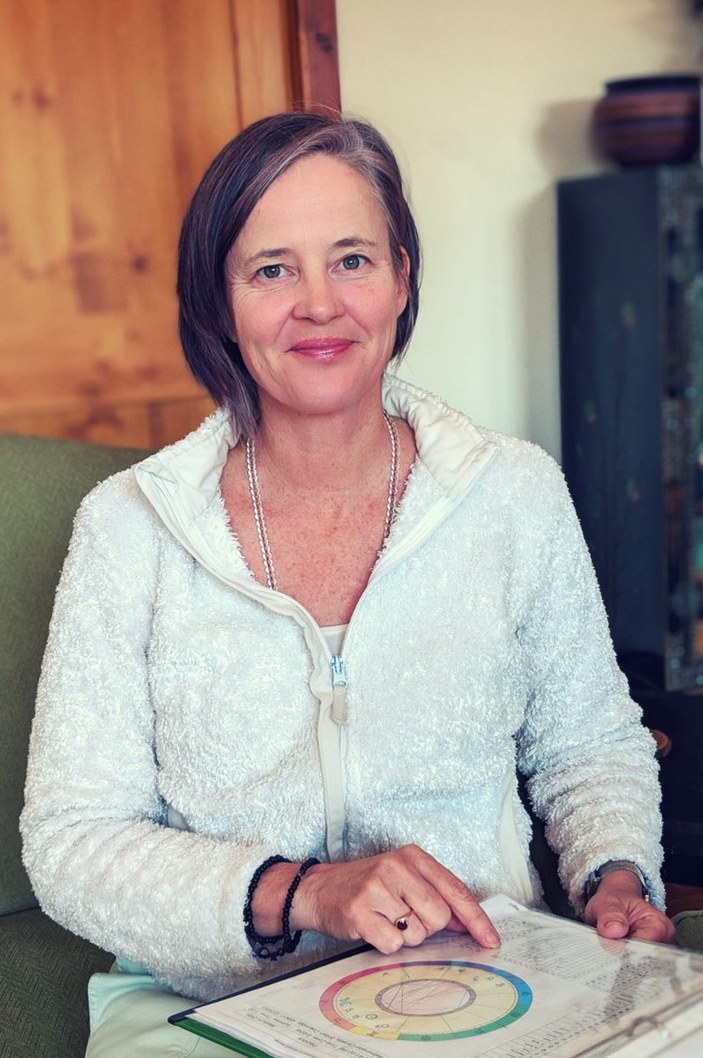
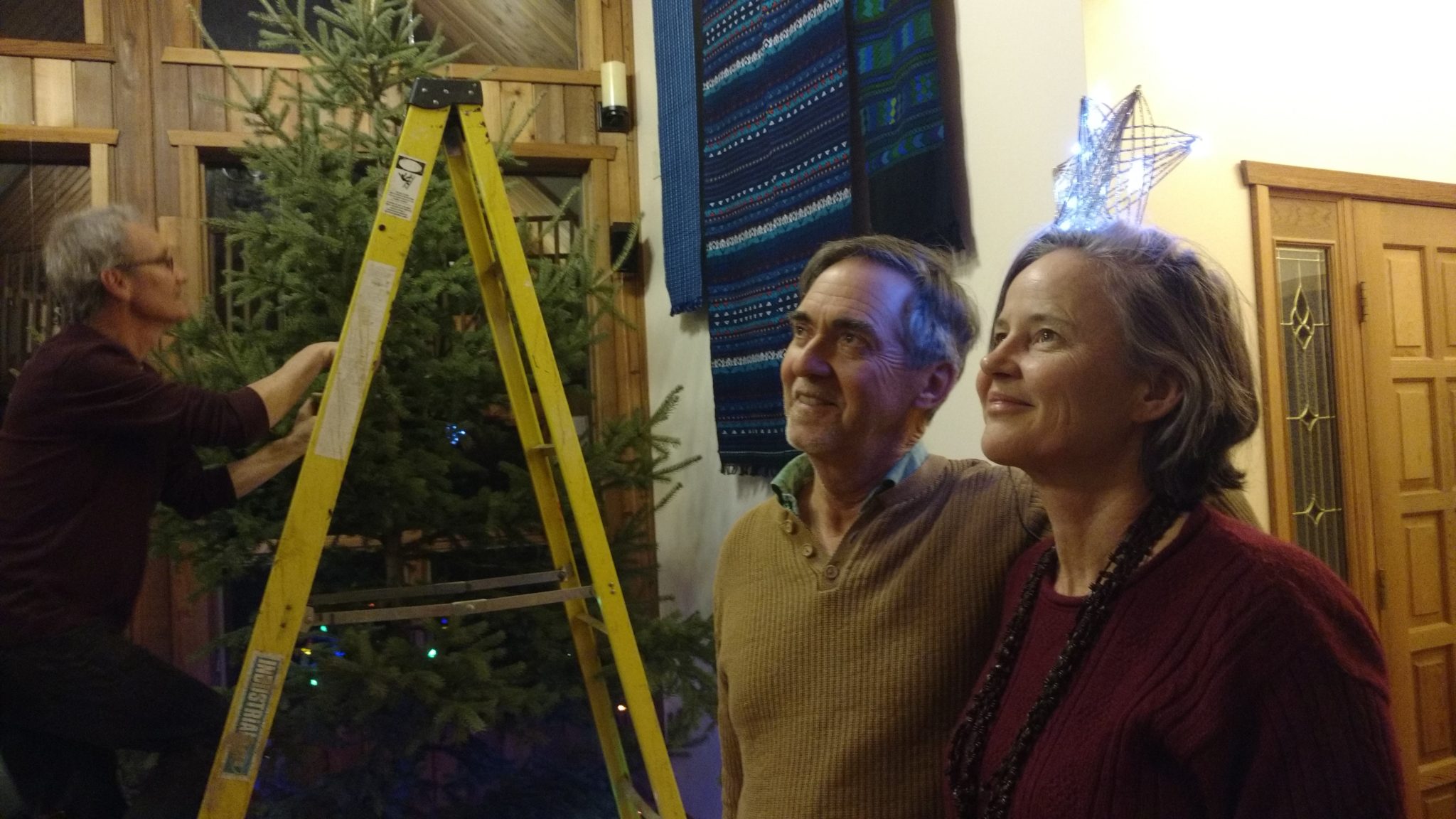
Saturn at the threshold
As we know, external mastery and internal mastery are very different. As spiritual practitioners, we are very interested in mastering our own mind states. Can we maintain a clear, calm, and loving state through all life’s inevitable ups and downs?
To do this, we need to give up the shadow side of Saturn: blame. We can’t blame other people, or “the system” for how we feel, or for what’s happening to us. If we think someone is doing us wrong or oppressing us, we’re projecting our shadow Saturn onto them.
But if we experience Saturn in this way, we are keeping ourselves immature, refusing to cross the threshold of our Hero’s Journey. More mundanely, we’re putting someone or something else into a disciplinarian parent-type role.
This, by nature, puts us in a child role. It also indicates that that we are projecting our inner authority onto others. This is normal behaviour, but it is helpful to recognize since integrating all our authority issues brings us closer to mastery.
That’s how we become an authority, a master. This Saturnian path has been the same for all masters throughout time and space. Focusing on Saturn and using AstroDharma helps us achieve mastery for the benefit of all beings. For me, it’s also a way to pay forward all of the precious benefits I’ve received through the generous training by and our late guru, Qapel.
Inspired? If this blog has resonated for you, you can sign up to our mailing list and receive some free AstroDharma resources lower down the page. And if it has inspired you to go further and do work on this vital topic, Catherine Sensei will be teaching a weekend retreat (onsite at Clear Sky and online) March 21-23 – registration deadline March 16: Dharma in the Stars: Integrating Saturn
Free AstroDharma Resources
Free AstroDharma Resources
- AstroDharma Reference Chart (Handy printable guide)
- The 3 Most Important Parts of Your Chart (Video)
- AstroDharma and Relationships (Video)
How We Use AstroDharma
At our meditation centre, we use Western astrology alongside Buddhist philosophy and meditation practice. This helps our students transform their challenges more effectively.
There are five key aspects of AstroDharma study:
1. Understand how to read your own astrological birth chart.
2. Harness and develop its positive elements wisely.
3. Recognize and overcome elements that may be out-of-balance.
4. Use this knowledge to redirect your energy into more effective patterns of living.
5. Use meditation and ideally work with teachers and a spiritual community to go deeper and fully investigate and liberate the subtle patterns and conditioning.
Teacher Bio
Since the early 2000s Catherine has provided dharma training and taught the path of awakening to hundreds of students, together with Doug Duncan Sensei and on her own. In addition to Astrology and Buddhist philosophy and their applications to daily life, Catherine also draws on generative living (a.k.a. sustainability) and the arts.
Catherine is from a lineage of spiritual awakening that values the best of Eastern and Western philosophy. Her partner Doug Duncan Sensei and their teacher Namgyal Rinpoche excel in teaching both methods. This is an ideal training for Westerners, and an evolution of traditional teachings for the modern seeker.
In addition to Planet Dharma and Clear Sky, her website GionFestival.org shares her ground-breaking work on the spiritual traditions and sustainability of Kyoto’s 1100-year-old Gion Festival.
Free AstroDharma Resources – Join our Community




